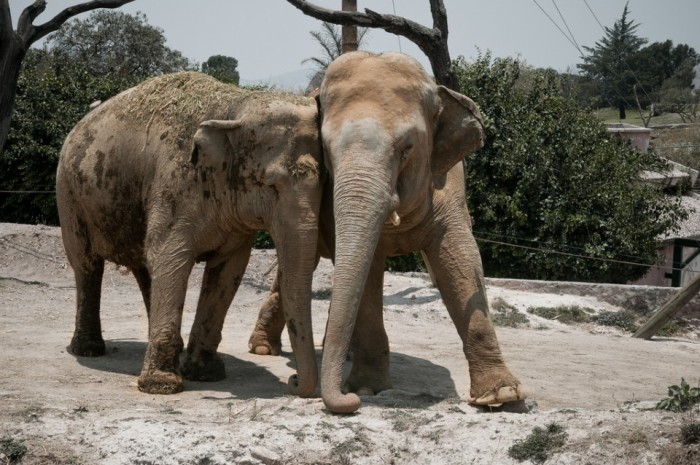
When I’m angry (that is, “triggered”), I’m often tempted to gain relief from my triggered state by protecting myself in some way—usually, by setting a boundary. The problem with this is that setting a boundary tends to be a unilateral decision that’s unlikely to meet the other person’s needs for care, consideration, connection, and inclusion—especially if I simply announce my newfound boundary to the other person.
When I’m triggered, I often have thoughts of ending my involvement with whoever triggered my feelings. This is another way of setting boundaries. I can be very convincing and logical when I’m triggered, finding all kinds of reasons why I should end my involvement with the other person. I may try to talk myself into it, and I may start thinking of things I could say that would move us toward ending our involvement.
However, if I can actually notice that I’m triggered, I can remember that this I’m actually in a temporarily insane state of mind. Then I can remember that it’s always better to refrain from acting while temporarily insane. I know, from experience, that within a few hours—a day, at most—if I can focus on processing my triggered feelings, my state will shift, and I’ll be able to see things more clearly. If I act before then, I’m likely to just act out of my triggered state, act out my anger, and do something destructive.
A better option (perhaps the only really effective option) is to process my “hazardous waste” (that is, my triggered feelings). For me, that often just means being with them. Sitting with them and experiencing them. Allowing myself to feel them, while not becoming them. Noticing this drama as the play of consciousness. Taking myself less seriously. Moving my attention from the situation that’s triggering me to the experience of being triggered.
When I’ve calmed down—when my “hazardous waste” has been processed, and I’m out of that temporarily insane state—I’m in a much more powerful position to contribute to needs. I can be more compassionate toward both myself and the other person. If I want to continue my involvement with the other person, connecting about the issues when we’re both calm and centered is probably the best way to go.
Photo Compañeros de Vida / Partners for life (by Eneas De Troya) is used under a Creative Commons Attribution 2.0 Generic license.
 Southwestern College Santa Fe, NM
Southwestern College Santa Fe, NM





